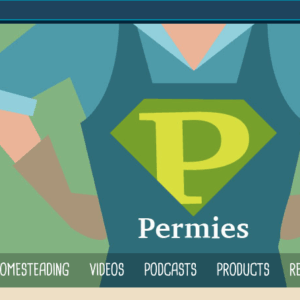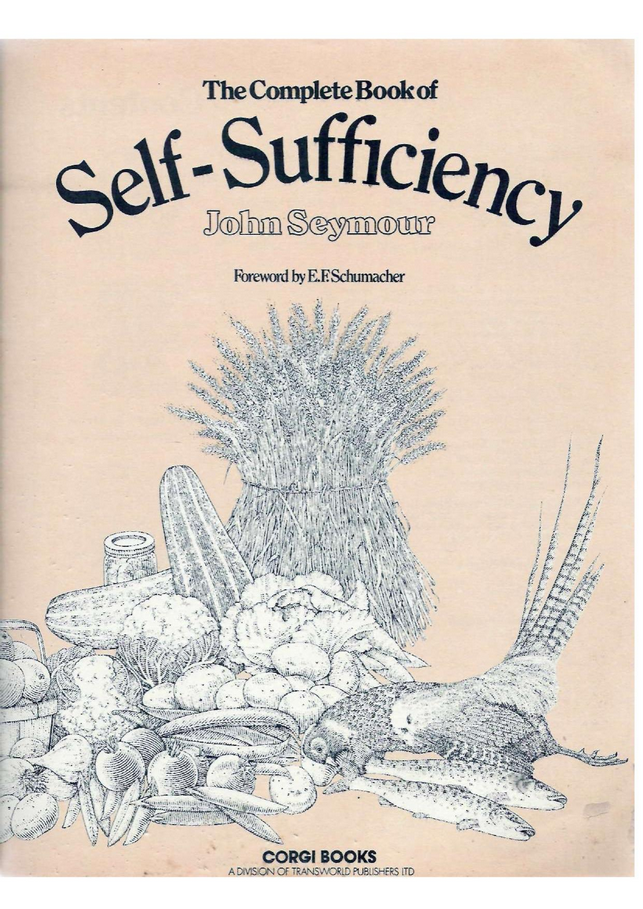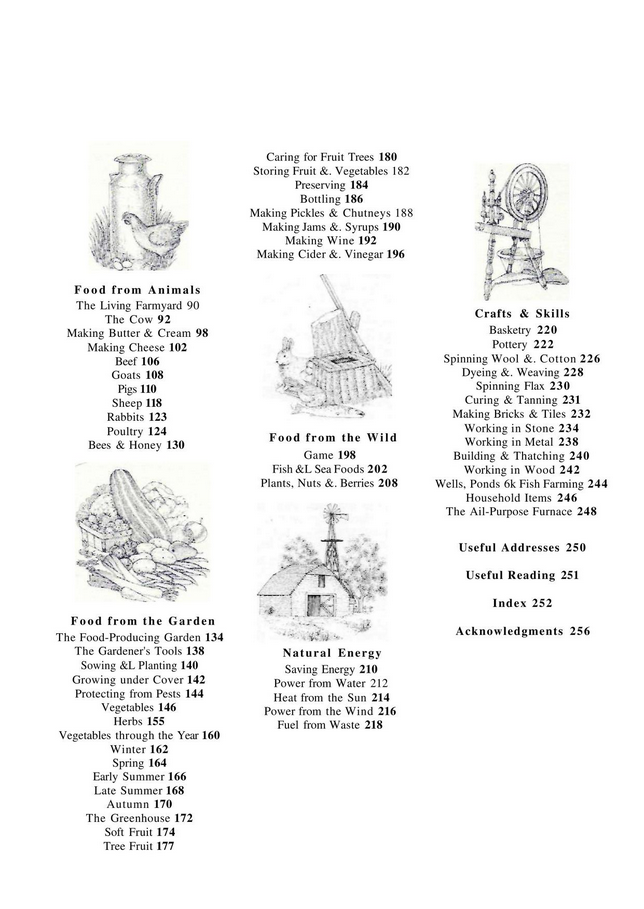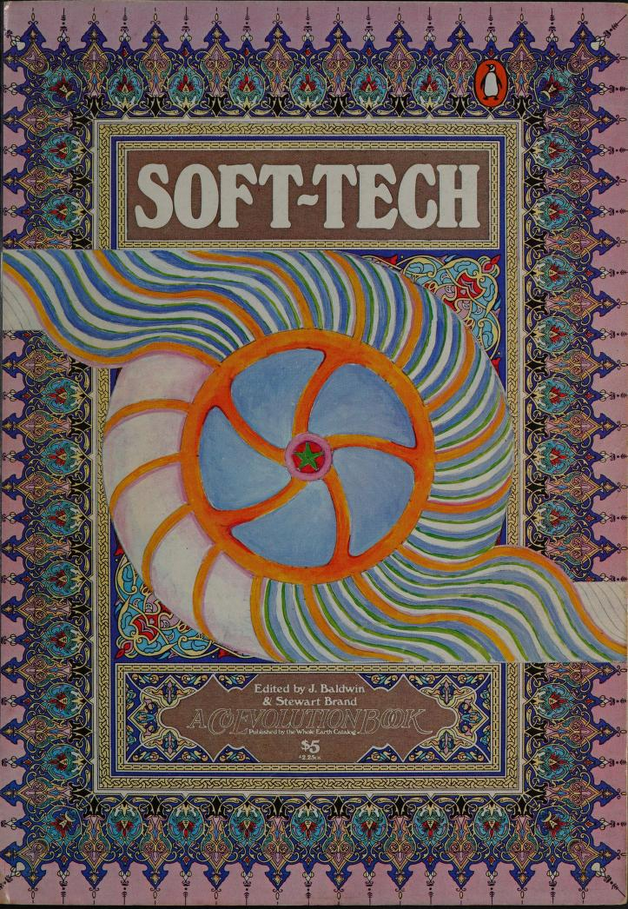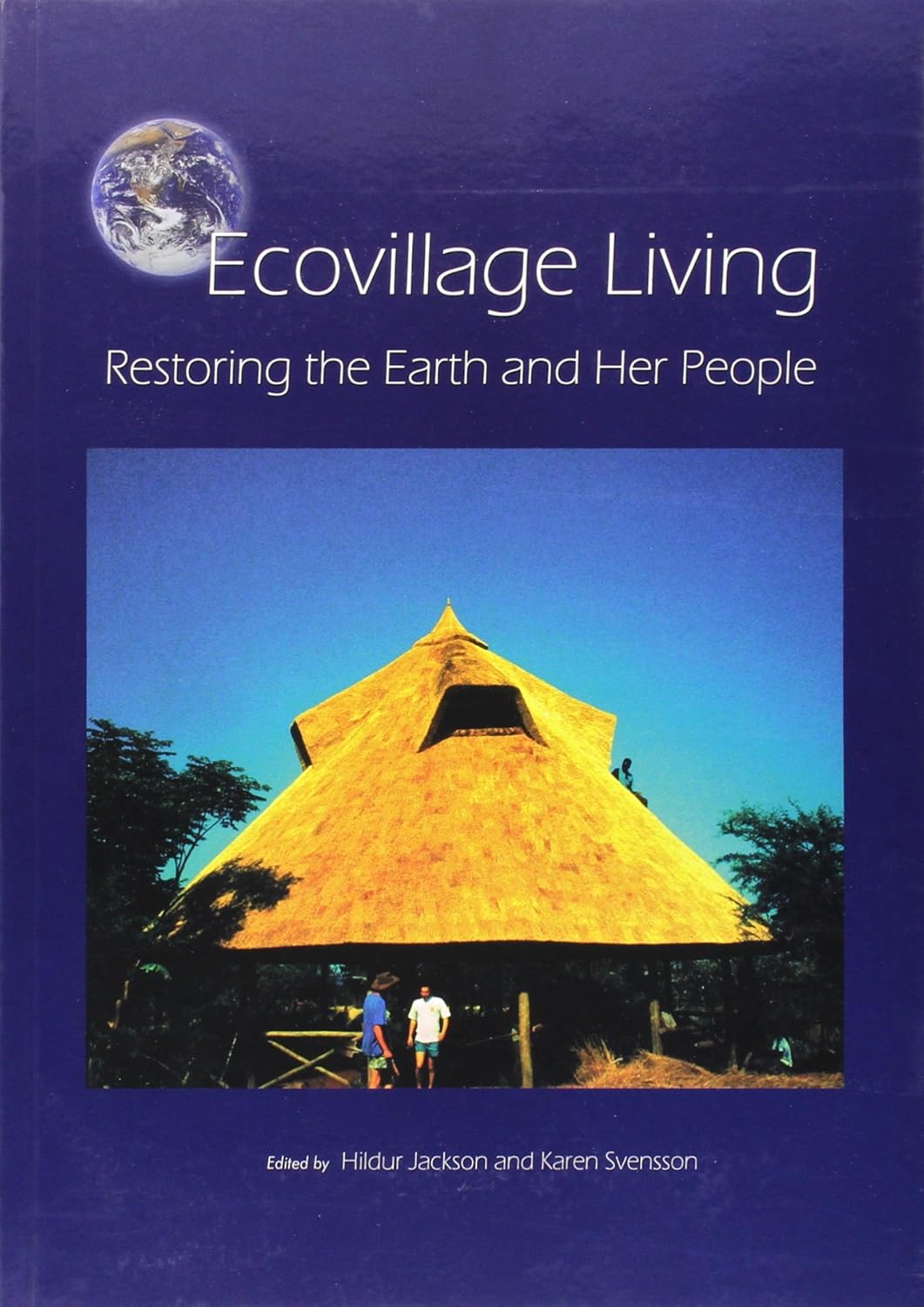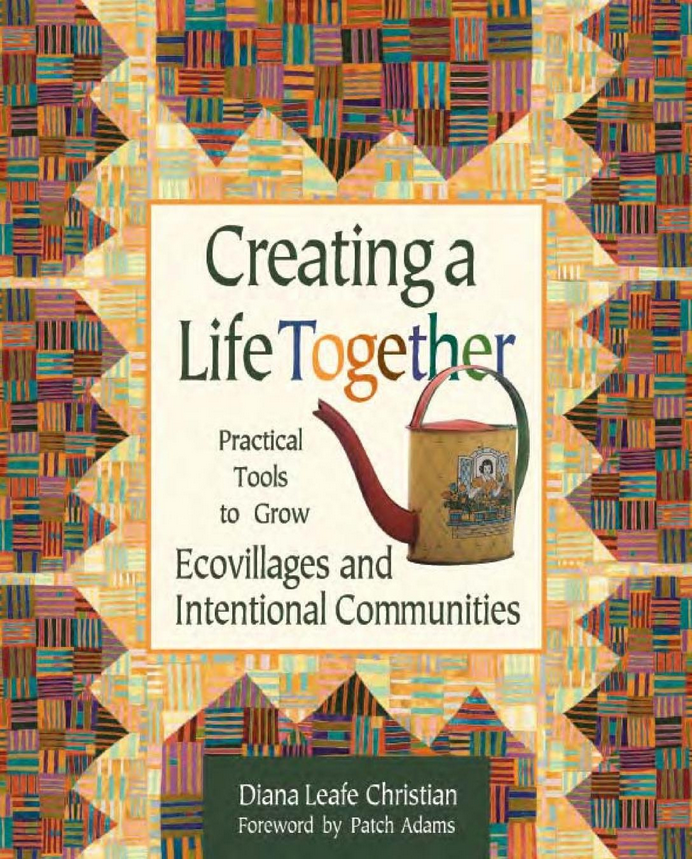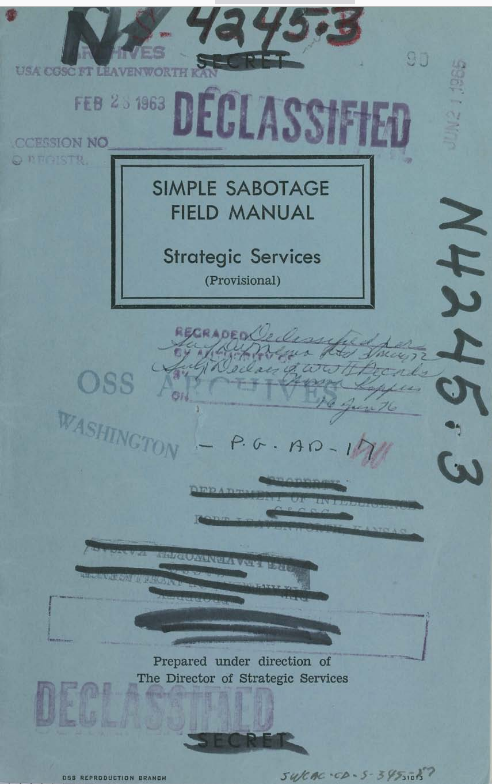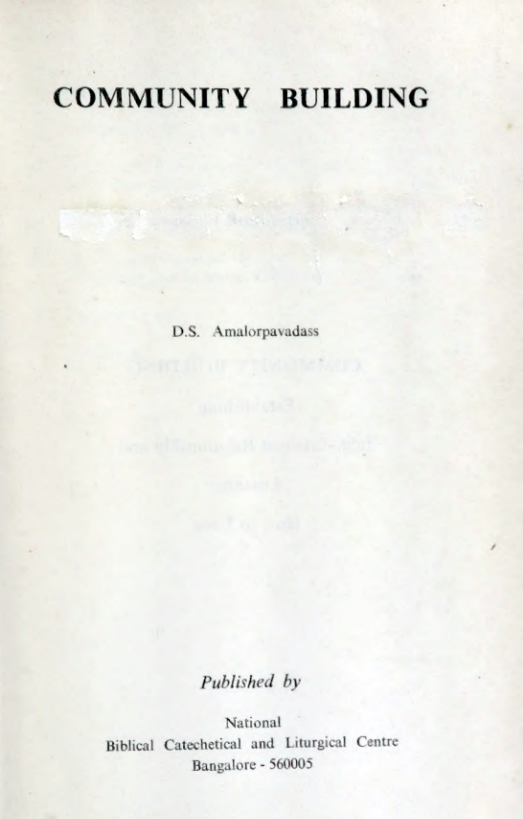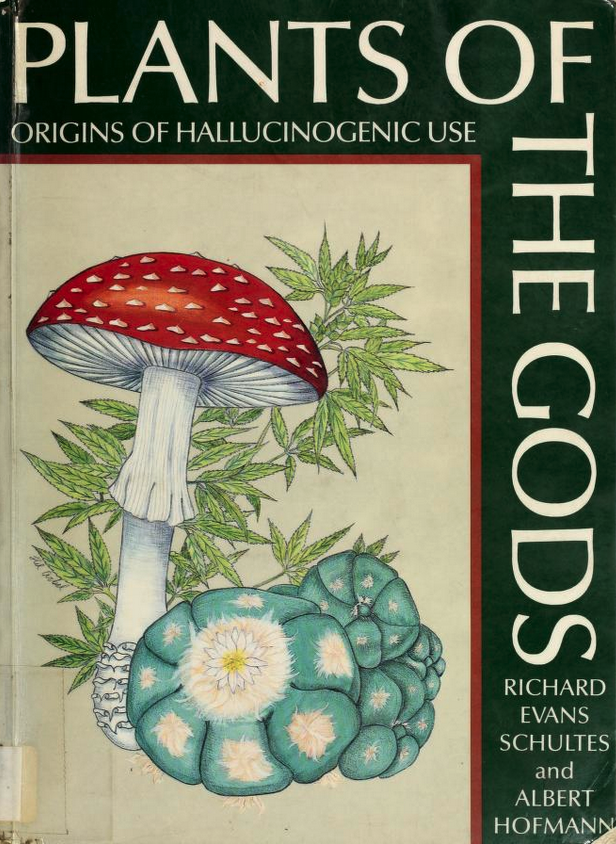Read free. The Complete Book of Self-Sufficiency, John Seymour, undated.
Excerpt
Now self-sufficiency is not “going back” to some idealized past in which people grubbed for their food with primitive implements and burned each other for witchcraft. It is going forward to a new and better sort of life, a life which is more fun than the over- specialized round of office or factory, a life that brings challenge and the use of daily initiative back to work, and variety, and occasional great success and occasional abysmal failure. It means the acceptance of complete responsibility for what you do or what you do not do, and one of its greatest rewards is the joy that comes from seeing each job right through – from sowing your own wheat to eating your own bread, from planting a field of pig food to slicing a side of bacon.
Self-sufficiency does not mean “going back” to the acceptance of a lower standard of living. On the contrary, it is the striving for a higher standard of living, for food which is fresh and organically-grown and good, for the good life in pleasant surroundings, for the health of body and peace of mind which come with hard varied work in the open air, and for the satisfaction that comes from doing difficult and intricate jobs well and successfully.
A further preoccupation of the self-sufficient person should be the correct attitude to the land. If it ever comes to pass that we have used up all, or most of, the oil on this planet, we will have to reconsider our attitude to our only real and abiding asset – the land itself. We will one day have to derive our sustenance from what the land, unaided by oilderived chemicals, can produce. We may not wish in the future to maintain a standard of living that depends entirely on elaborate and expensive equipment and machinery but we will always want to maintain a high standard of living in the things that really matter- good food, clothing, shelter, health, happiness, and fun with other people. The land can support us, and it can do it without huge applications of artificial chemicals and manures and the use of expensive machinery. But everyone who owns a piece of land should husband that land as wisely, knowledgeably, and intensively as possible. The so-called- “self-supporter” sitting among a riot of docks and thistles talking philosophy ought to go back to town. He is not doing any good at all, and is occupying land which should be occupied by somebody who can really use it.
Other forms of life, too, besides our own, should merit our consideration. Man should be a husbandman, not an exploiter. This planet is not exclusively for our own use. To destroy every form of life except such forms as are obviously directly of use to us is immoral, and ultimately quite possibly, will contribute to our own destruction. The kind of varied, carefully thought-out, husbandry of the selfsupporting holding fosters a great variety of life forms, and every self- supporter will wish to leave some areas of true wilderness on his holding, where wild forms of life cancontinue to flourish undisturbed and in peace.
And then there is the question of our relations with other people. Many people move from the cities back to the land precisely because they find city life, surrounded by people, too lonely. A self- supporter, living alone surrounded by giant commercial farms, may be lonely too; but if he has other self- supporters near him he will be forced into cooperation with them and find himself, very quickly, part of a living and warm community. There will be shared work in the fields, there will be relief milking and animal feeding duties when other people go on holiday, the sharing of child minding duties, there will be barn-raisings and cornshuckings and celebrations of all kinds. This kind of social life is already beginning in those parts of Europe and North America w-here self-supporting individuals, or communities, are becoming common.
Introductory Pages
AI Summary
Subject: Practical guide to living a self-sufficient life with minimal reliance on industrial systems.
Overview
This classic guide by John Seymour offers comprehensive, practical advice for individuals or families seeking to live off the land and reduce dependence on consumer systems. The book covers a wide range of skills, techniques, and philosophies designed to foster sustainable, resilient living—whether on a full-scale farm or a small backyard plot.
Key Sections and Topics
- The Philosophy of Self-Sufficiency: Emphasizes personal responsibility, ecological balance, and freedom from corporate and governmental systems. Seymour advocates a life of dignity and hard work connected to the rhythms of nature.
- The Self-Sufficient Garden: Covers crop rotation, composting, natural pest control, and growing vegetables and fruits for year-round use.
- Animal Husbandry: Includes the care, feeding, and housing of pigs, cows, chickens, sheep, and bees. The book explains milking, slaughtering, and using every part of the animal.
- Food Preservation: Teaches canning, pickling, drying, and storing to ensure a secure food supply across seasons.
- Home Brewing & Winemaking: Step-by-step methods for making beer, cider, and wine from homegrown ingredients.
- Energy & Shelter: Instructions on building with natural materials, managing woodland, and generating alternative energy from wind and water.
- Crafts & Skills: Detailed guidance on blacksmithing, spinning, weaving, basket making, and soap production.
Notable Features
- Illustrated diagrams throughout for clarity and inspiration.
- Emphasis on traditional knowledge and “lost arts.”
- Adaptable guidance for rural, suburban, and even urban applications.
Conclusion
*The Complete Book of Self-Sufficiency* is both a manual and a manifesto. It blends practical instruction with an impassioned call to live in harmony with the land, creating a meaningful life rooted in production rather than consumption. Whether you’re dreaming of a homestead or want to make your apartment more sustainable, Seymour’s work remains a relevant and empowering resource.
Related Posts

Some Places to Find Non-Toxic Clothing
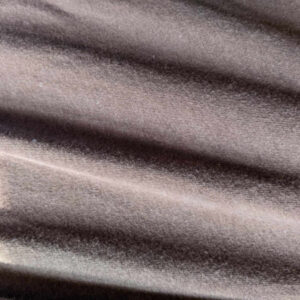
Why Wearing Spandex Is a Bad Idea
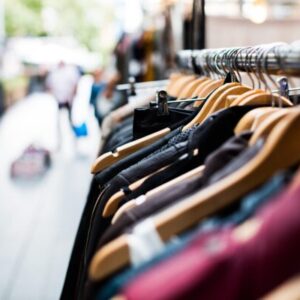
What to Wear? Part 1
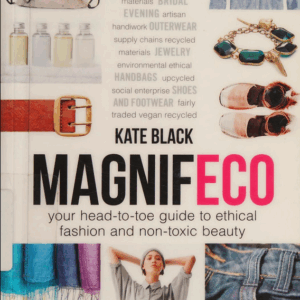
Magnifeco : your head-to-toe guide to ethical fashion and non-toxic beauty
